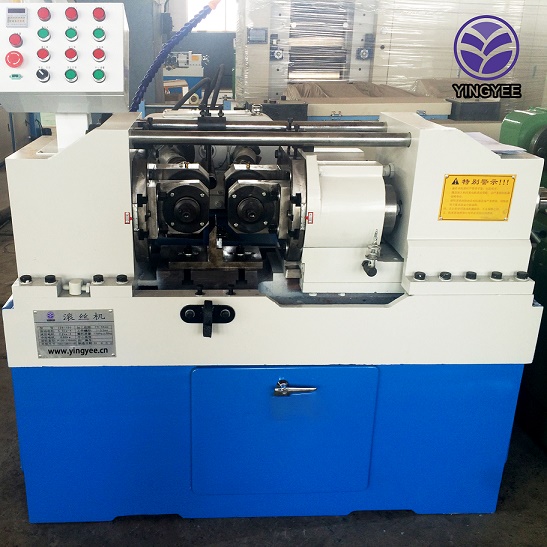
Understanding Coil Cut to Length A Comprehensive Guide
In the manufacturing and processing industries, efficiency and precision are paramount. One of the vital processes that emerge in industries such as steel processing, sheet metal manufacturing, and other metal fabrication sectors is coil cut to length. This process involves cutting coiled metal sheets or strips into specified lengths and has become essential in delivering materials that meet exact specifications needed for further production or construction.
The Basics of Coil Cutting
Coil cutting, or coil cut to length, refers to the cutting of metal coils into flat sheets of custom lengths. The process often involves unrolling long coils of materials—most commonly steel, aluminum, and various alloys—before passing them through a cutting line. The cutting line typically consists of several components
1. Uncoiling Machine This device unwinds the coil, allowing for a smooth flow into the cutting area. 2. Leveling Equipment Coiled materials can have distortions or warps from their coiling process. Levelers are utilized to flatten the material and ensure uniform thickness throughout.
3. Shear or Cutter This is the heart of the coil cutting process. Shear blade systems are employed to make precise cuts at the desired lengths, ensuring high-quality edges with minimal burr.
4. Stacking System After cutting, the sheets are stacked, either manually or automatically, for further handling and shipping.
Importance of Accuracy in Coil Cutting
The process of coil cut to length should be carried out with utmost precision. Variations in size, thickness, or flatness can lead to inefficiencies in the subsequent fabrication processes, greater waste, and increased costs. Therefore, advanced technology such as computer numerical control (CNC) machines and laser cutting systems have become integral in modern operations, allowing for precise measurements and high-speed cutting.
Key Benefits of Coil Cut to Length
1. Cost Efficiency By processing materials in bulk coils and then cutting them to size, manufacturers can significantly reduce material waste and production costs. Bulk purchasing usually lowers the cost per unit, leading to better bottom-line results.
2. Customization Customers often require specific sheet sizes for unique projects. A coil cut to length process facilitates customization, providing exactly the dimensions needed for the downstream processes.

3. Quality Consistency Automated cutting lines ensure that each cut is uniform, resulting in consistent quality across all produced sheets. Such consistency is crucial for companies that depend on precise specifications.
4. Time Savings The efficiency of unrolling, leveling, and cutting in one continuous process saves valuable time. Quick turnaround times become a competitive advantage for manufacturers who need to fulfill customer orders rapidly.
Applications of Coil Cut to Length
Coil cut to length is utilized across a diverse range of industries. Some notable applications include
- Construction Steel sheets produced through coil cutting are essential in building structures, roofs, and facades. - Automotive Industry Precision-cut metal sheets are vital in manufacturing vehicle components. - Electronics Companies often need precisely sized materials for casings, connectors, and other electronic parts.
- Appliances Major appliances like refrigerators and washers require specific metal sheets, thus the importance of custom-cut lengths.
Challenges and Future Trends
While coil cut to length brings numerous benefits, it does have its challenges. Fluctuations in raw material prices can impact operational costs. Furthermore, advancements in automation technologies require significant investment.
The future of the coil cut to length process is likely to be driven by continuous technological improvements. Developments in AI and machine learning could enhance predictive maintenance, reducing downtime. Moreover, increased emphasis on sustainability may lead to more eco-friendly methods and materials in coil processing.
Conclusion
In an ever-evolving industrial landscape, the coil cut to length process stands out as a critical operation that balances efficiency, quality, and customization. As technology continues to advance, the potential for more sophisticated, streamlined, and eco-friendly operations becomes a strong possibility. The adaptability and efficiency of this process make it an essential component of modern manufacturing, positioning it well for the challenges and demands of the future.